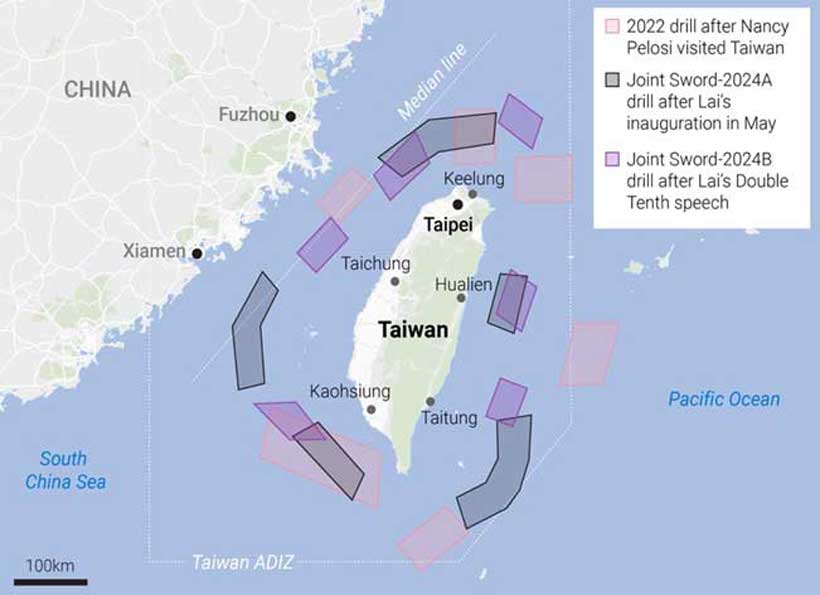Trump orders ‘total and complete’ naval blockade of Venezuela

Dec. 16 (UPI) — President Donald Trump on Tuesday ordered “a total and complete blockade” of all sanctioned oil tankers going to or from Venezuela, raising already high tensions between Washington and Caracas by going after the South American nation’s main revenue source.
Trump has sought to oust Venezuela’s authoritarian president Nicolas Maduro since his first term and has ratcheted up the pressure on the socialist leader since returning to the White House in January.
He has accused Maduro of sending an invasion of criminals to the United States and of being the leader of a narcotics trafficking organization, allegations that U.S. intelligence agencies have not publicly supported.
An armada of U.S. naval vessels has been deployed to waters near Venezuela, and the U.S. military has been attacking civilian ships in the region the Trump administration alleges are trafficking drugs to the United States, drawing domestic and international condemnation.
“Today, I am ordering A TOTAL AND COMPLETE BLOCKADE OF ALL SANCTIONED OIL TANKERS going into, and out of, Venezuela,” Trump announced in a statement on his Truth Social media platform.
“America will not allow Criminals, Terrorists or other Countries, to rob, threaten or harm our Nation, and, likewise, will not allow a Hostile Regime to take our Oil, Land or any other Assets, all of which must be returned to the United States IMMEDIATELY.”
It was not immediately clear what U.S. land or assets Trump was referring to, though he has repeatedly stated that the United States has been wrongly denied access to Venezuela’s oil reserves.
“Venezuela is completely surrounded by the largest Armada ever assembled in the History of South America. It will only get bigger, and the shock to them will be like nothing they have ever seen before — Until such time as they return to the United States of America all of the Oil, Land and other Assets that they previously stole from us,” Trump said.
Trump accused Maduro in the statement of using oil revenues to finance drug terrorism, human trafficking and murder.
Venezuela rejected Trump’s demands and called on the residents of the United States and the rest of the world to do likewise, saying the South American nation will “never again be a colony of any empire or foreign power.”
“The President of the United States intends to impose, in an absolutely irrational manner, a so-called blockade on Venezuela with the aim of stealing the wealth that belongs to our Homeland,” Venezuela’s foreign ministry said in a statement.

